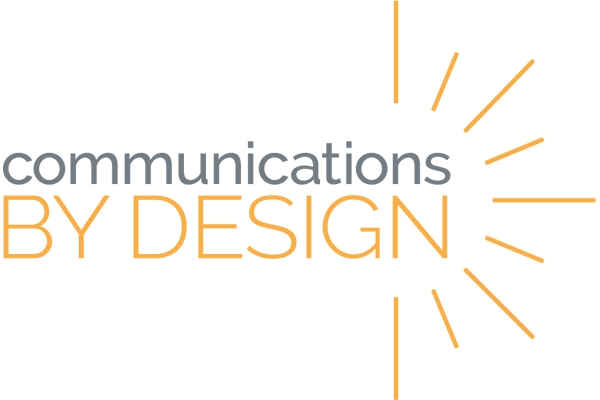WHAT IT IS:
Problem Solving IDEAL is a strategy first introduced by Bransford and Stein in 1984. The IDEAL approach is designed to help you identify and understand different components of problem-solving.
HOW IT WORKS:
The IDEAL framework is most useful when it is applied flexibly. This approach can be used when a problem exists and there is a discrepancy between an initial state and a goal state with no ready-made solutions for the problem solver. Real-world problems to which students can create possible solutions are most effective to use.
The IDEAL problem-solving approach stands for the following steps:
- I – Identify the problem: Students identify potential problems and treat them as opportunities to do something creative. It can be beneficial to actively attempt to identify problems that have gone unnoticed.
- D – Define the goals: Different from identifying the problem, this step seeks to establish what students want to see happen. It may be helpful to think about restating the problem as a hope.
- E – Explore the possible solutions: This often involves a reanalysis of the goals plus a consideration of options or strategies that might be employed to achieve those goals. This step remains a brainstorming exercise and should include divergent thinking.
- A – Act, choose and use a solution: Students choose from the list of possible solutions and start acting on it. The focus during this step is to put solutions in place promptly in order to prove efficacy. If a particular solution is not solving the problem, quickly shift to the next solution.
- L – Learn from your actions: analyze the effectiveness of the solution. Students might present their learning to a whole group, write a reflection, or share their learning with an audience that is connected to the problem.
RESOURCES & EXAMPLES:
Further reading: The Ideal Problem Solver by Bransford and Stein
Watch the video:

